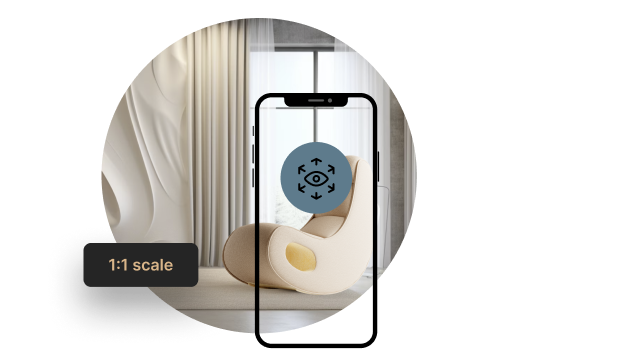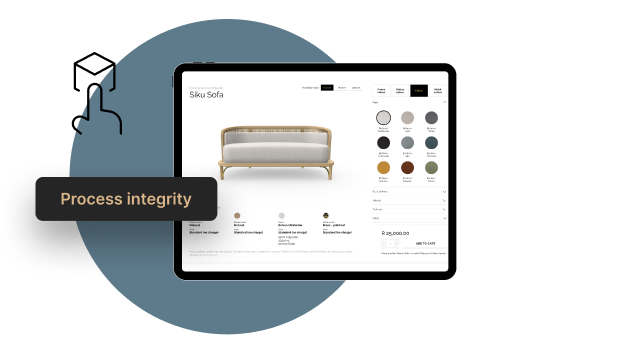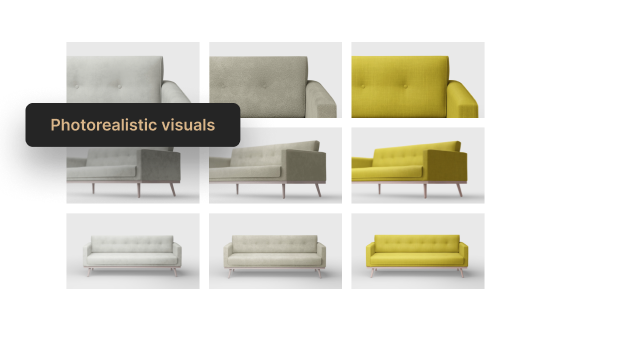The Ultimate 2025 Sofa Configuration Guide
Get your free copy todayy!

The furniture industry has faced many challenges in recent years, prompting companies to undergo deep digital transformations and adapt to a market where online sales play an increasingly important role.
Although 2021 was a strong year for the furniture market in terms of revenue, 2022 proved more challenging, with sales declining and companies forced to make further adjustments. However, looking ahead, forecasts indicate that revenue in the furniture industry will grow, reaching USD 769.59 billion in 2023, with online channels accounting for an increasing share of sales.
According to Insider Intelligence, global e-commerce sales reached USD 4.213 billion in 2020, grew to USD 5.545 billion in 2022, and are projected to hit USD 6.169 billion in 2023, making up 22.3% of total retail sales.
The availability of numerous tools for online sales has enabled the rapid development of this channel across all industries. The first step is selecting an e-commerce platform tailored to your needs, such as Open Source (Presta, WooCommerce) or SAAS (Shopify, Shoper). Next, focus on ensuring a convenient shopping experience, including a simple process, multiple payment methods, easy returns, and efficient delivery. It's also essential to match products to customer expectations and provide the best possible product experience.
Competition in the online retail market is intense, necessitating the selection and continuous improvement of tools to meet today's buyer demands. Analysts predict that millennials will drive long-term growth in the furniture market as they prepare to buy and furnish their first homes in the coming years. This group has high expectations regarding the quality and flexibility of the entire purchasing process.
One of the key challenges in e-commerce is providing high-quality content. Static photos are no longer sufficient to engage and convince customers to make a purchase. This is especially true for online furniture shopping, where a significant barrier is the inability for customers to see the product in detail "live" from all angles.
This is where tools that utilize 3D content become invaluable. 3D models offer extensive possibilities for marketing and B2B communication.
These tools are crucial for capturing customer attention by providing the best possible substitute for a direct experience with the product.
High-quality 3D content allows customers to view a product from every angle and in all its variants, such as different sizes, materials, or colors. Additionally, product visualization in webAR (which doesn't require installing a separate app on the phone) enables customers to display the piece of furniture in their home or office, even before making a purchase. This functionality is a game-changer in online shopping, helping customers make quicker purchase decisions. AR services have already become a standard tool used by many companies in the furniture, fashion, industrial, and medical industries. AR product visualization provides a much more accurate representation of how the product looks in reality, including its size and functionality, compared to photos.
All these tools can be integrated into most e-commerce platforms, aiding in the sales process and enhancing the customer’s shopping experience.





